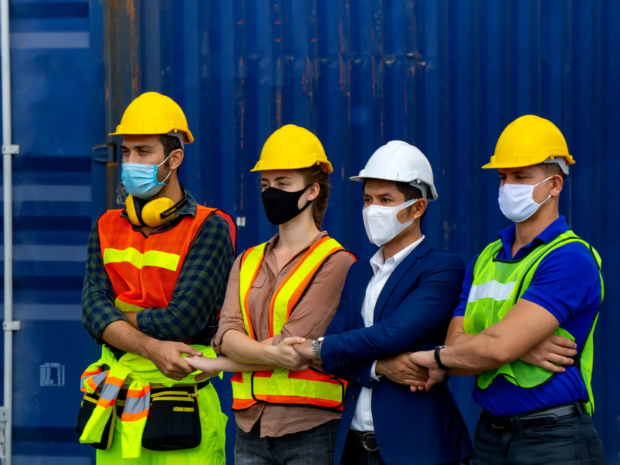Simple guidance to meet OSHA rules and protect workers in real emergencies ⏱️ 8–9 min read | Updated: September 3, 2025 Table of Contents OSHA Standards Overview Exit Routes: What OSHA Requires Emergency Action Plans: Req
Supervisors Prevent OSHA Violations: Safety Guide
Practical actions supervisors can use today to stop common OSHA violations and protect teams. ⏱️ ~7 min read Table of Contents Why supervision matters OSHA context Mini infographic
Workplace Cyber Attacks by the Numbers: Top Threats Facing U.S. Employees in 2025
In 2025, cyber attacks are not just a technology issue, they're a daily workplace threat. Employees across the U.S. are at the front line, often targeted or used as entry points in cybercrime. With smarter tools like AI now in play, threats have beco
OSHA Incident Reporting Requirements: What Must Be Reported and When?
Workplace safety is a legal and moral responsibility. In the United States, the Occupational Safety and Health Administration (OSHA) sets clear rules on what employers must report when something goes wrong. If a worker is seriously hurt or dies,
By the Numbers: Cannabis Use Among U.S. Workers by Industry
Cannabis is now legal in many states for medical or recreational use. As laws have changed, so has public opinion, and usage. But what does this mean for the American workforce?Understanding cannabis use at work is important for both safety and produ
How to Deliver an Effective Safety Orientation for New Construction Workers
#safety-orientation-v2{ --ink:#0f2d2a; --muted:#244b66; --accent:#14b8a6; --accent-2:#3ba3ff; --ring:rgba(20,184,166,.18); --shadow:0 8px 28px rgba(15,45,42,.08); } #safety-orientation-v2 .wrap{max-width:1000px;margin:0
How Safety Orientation Impacts Injury Rates: What the Latest OSHA Data Tells Us
Safety orientation is often viewed as a routine step during onboarding. But behind the scenes, it plays a powerful role in reducing workplace injuries. As fresh data from OSHA and recent research show, companies that take safety training seriously ex
OSHA Requirements for Construction Safety Orientation: What the Law Demands
/* ===== Scoped, minimal, mobile-first ===== */ .gmz { all: initial; display:block; font-family:Inter, Roboto, Arial, system-ui, -apple-system, Segoe UI, sans-serif; } .gmz * { all: unset; display: revert; box-sizing: border-box; }
What to Do in the First 10 Seconds of an Active Shooter Situation
.tiles{ all:initial; display:block; font-family:Poppins, Arial, sans-serif; } .tiles *{ all:unset; display:revert; box-sizing:border-box; } .tiles :where(p,li){line-height:1.75;} .tiles{ --brand:#0f8b8d; --brand2:#8ce4dd; --muted:
The Data Gap: How Many Employers Fail to Retain Exposure Records for the Required 30 Years?
@keyframes fadeSlide { from{opacity:0; transform:translateY(15px)} to{opacity:1; transform:translateY(0)} } @keyframes shimmer { 0% {background-position:-200% 0} 100% {background-position:200% 0} } .num-badge {display:inline-block; mi












